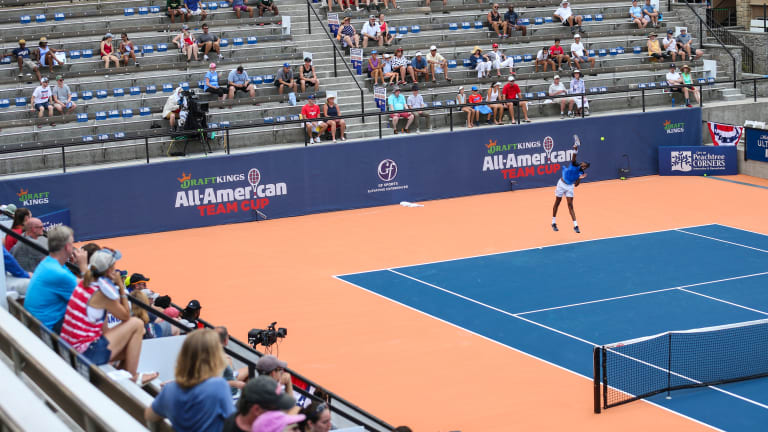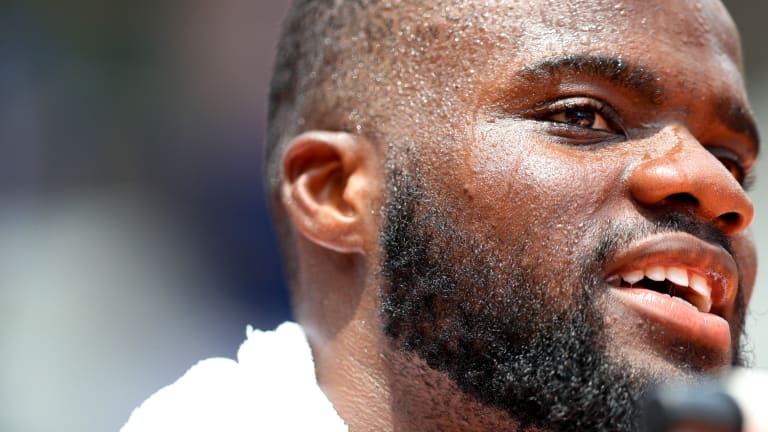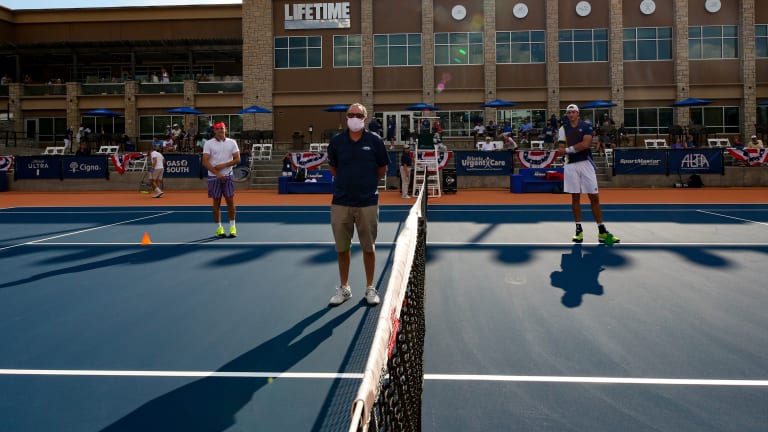Can sports return in a nation with an ever-rising tide of COVID cases?
By Jul 07, 2020Social
Frances Tiafoe presents $50,000 check to support hometown tennis center in Maryland
By Apr 13, 2024Social
Coach Diego Moyano announces that he and Frances Tiafoe have split
By Apr 12, 2024ATP Houston, USA
Ben Shelton and Frances Tiafoe set all-American final in Houston
By Apr 06, 2024Betting Central
Line Calls: Betting breakdown of Jordan Thompson vs. Frances Tiafoe in Houston
By Apr 05, 2024Social
"ATP Eclipse Club" in Houston delivers humorous solar eclipse PSA ahead of April 8 event
By Apr 05, 2024ATP Houston, USA
Defending champion Frances Tiafoe edges James Duckworth in return to Houston
By Apr 05, 2024Good Trouble with Nick Kyrgios
How the drive to impact people motivates Frances Tiafoe on the tennis court and off
By Apr 03, 2024Miami, USA
U.S. men fall in Miami: As Taylor Fritz, Frances Tiafoe lose openers, Tommy Paul injures ankle
By Mar 23, 2024Social
Coco Gauff wants to play as the Big Three after TopSpin 2K25 unveils full player roster
By Mar 23, 2024Can sports return in a nation with an ever-rising tide of COVID cases?
On tennis’ latest positive coronavirus test, the sport's next test and the bigger picture.
Published Jul 07, 2020
Advertising

Can sports return in a nation with an ever-rising tide of COVID cases?
© 2020 Getty Images
Advertising

Can sports return in a nation with an ever-rising tide of COVID cases?
© 2020 Getty Images
Advertising

Can sports return in a nation with an ever-rising tide of COVID cases?
© 2020 Getty Images
Advertising

Can sports return in a nation with an ever-rising tide of COVID cases?